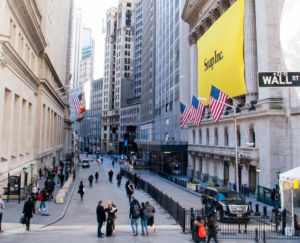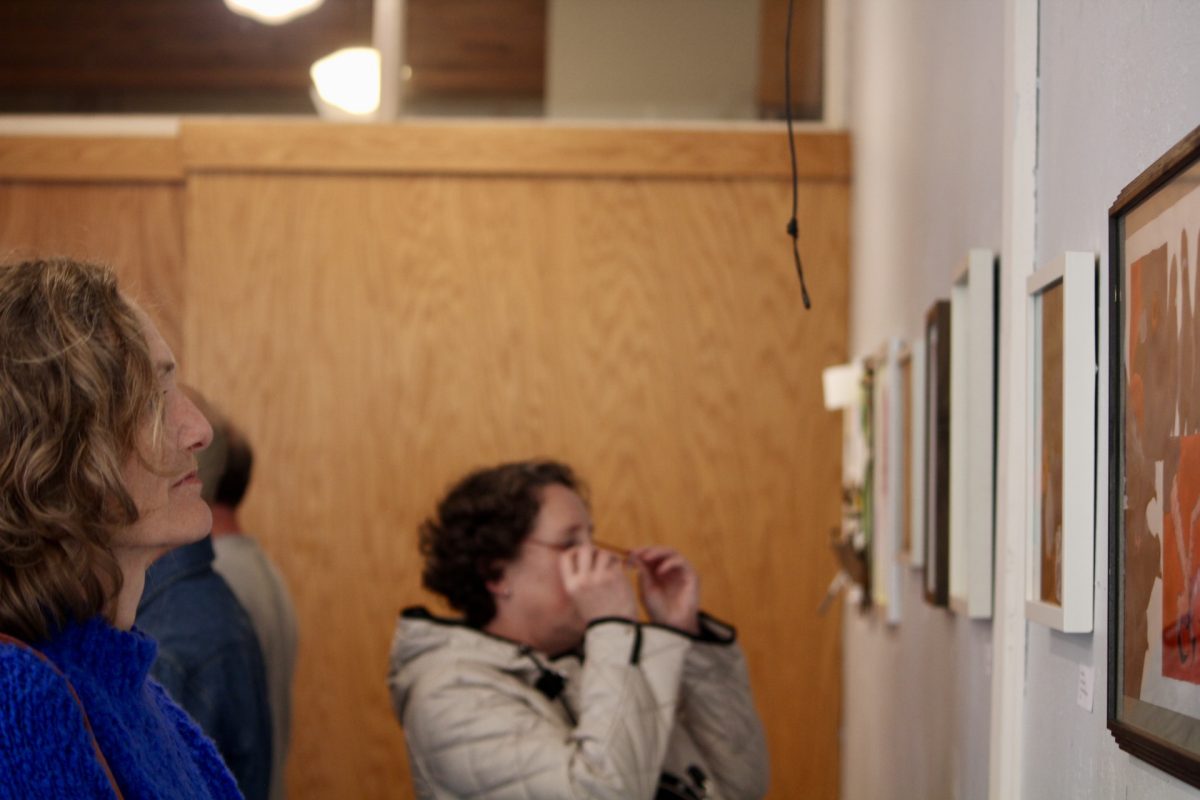On March 1, stock of Snap Inc., the parent company of Snapchat, was offered to the public for the first time during its Initial Public Offering (IPO). Trading started at $17, and shares surged nearly 50 percent, reaching $24 by noon that day. After reaching a peak of about $30, the shares began to decline because of investors’ worries about the company’s long-term business potential. On March 28, after stabilizing at around $25, Snap stock crashed nearly 7 percent in one day after Facebook released its own replica version of Snapchat’s story feature on its mobile app. Currently, the price of a Snap Inc. share is hovering around $20.

Among teenagers, Snap Inc. is almost exclusively known for Snapchat, its popular mobile chatting app. The platform has over 100 million active users daily, with 60 percent of smartphone users aged 13 to 34 in the U.S., according to Snapchat’s internal data.
Embedded advertising in the form of facial distortions and masks on the app generate most of Snap Inc.’s revenue. Projections from eMarketer estimate the company’s ad revenue will reach over $750 million in 2017.
A major feature introduced by Snapchat is “stories,” in which content can be shared with friends for a limit of 24 hours. Other companies tried to introduce similar features for their apps, but were largely unsuccessful until Instagram Inc., a subsidiary of Facebook Inc., brought stories to their app in August 2016. The feature has become popular enough that Facebook Inc. extended it to WhatsApp as well as the Facebook app, encroaching on Snapchat’s monopoly on stories.
This has frightened already cautious investors who think the future of Snap Inc. resides solely in their Snapchat app. However, with the launch of its new “Spectacles,” Snap has attempted to rebrand itself as “a camera company.” The Spectacles consist of sunglasses that are fitted with a special POV camera that takes photos and videos in a unique circular format. Currently, they are only sold online or through a mobile vending-machine-style dispenser called the “Snapbot,” which is currently located in the Los Angeles area. The glasses retail for $130, although prices have reached up to $2,000 on sites like eBay due to the limited supply.
Even though Snapchat’s demographic is still largely only young people, it remains at the core of Snap Inc.’s business.
Senior Julia Waddington said she witnesses the app often being used by teenagers but rarely by adults.
“The app is really popular with teens and I see people using it all the time at school, even in class. However, I don’t know anyone over the age of 30 who uses the app,” Waddington said.
This lack of older users may explain why Snapchat was not as successful as analysts predicted it might be during its IPO. Perhaps once the company’s Spectacles become more widespread, adults might better understand the company and realize the true popularity of Snap Inc. However if the company changes too much in an attempt to please adult investors and doesn’t evolve to match its competition, it may lose its appeal to the younger generation that initially made it successful.






